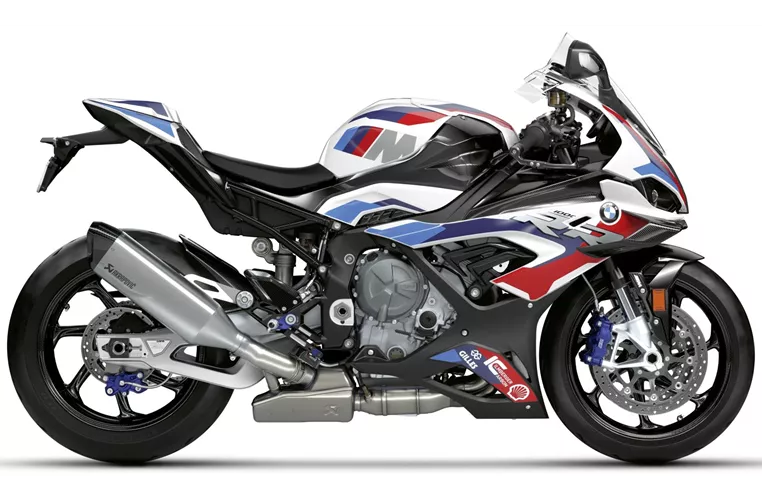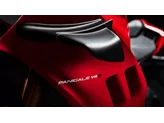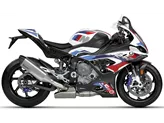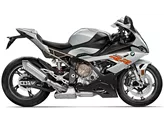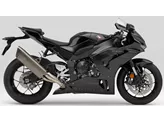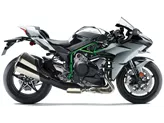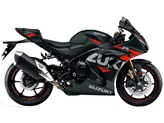BMW S 1000 RR 2020 vs. BMW M 1000 RR 2021

BMW S 1000 RR 2020
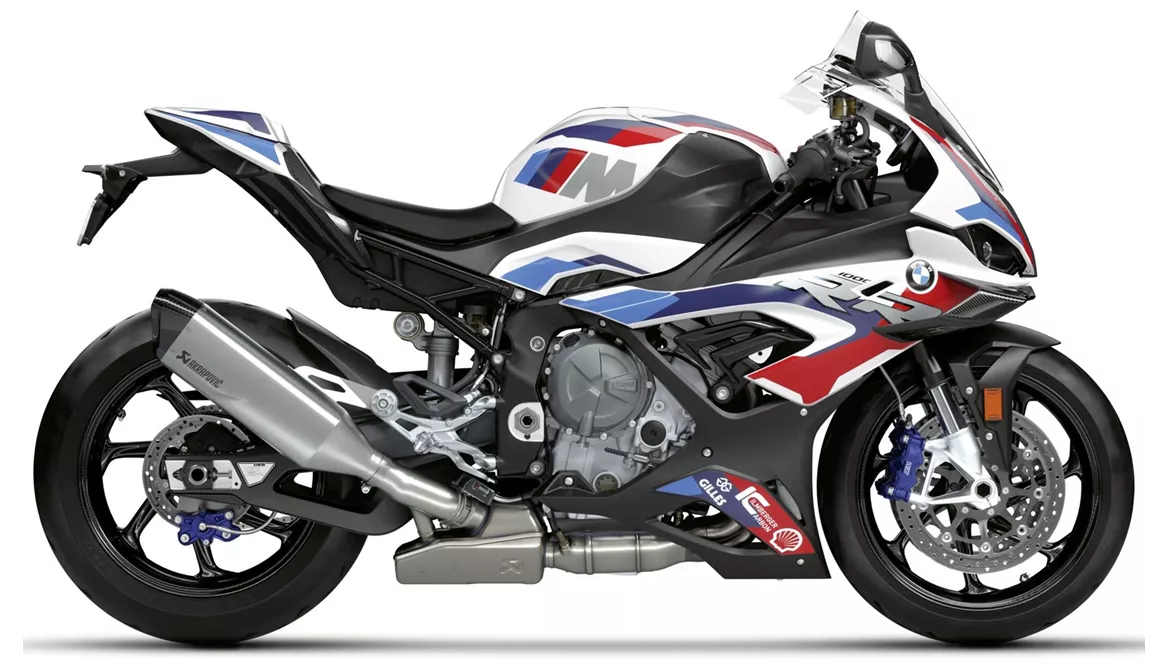
BMW M 1000 RR 2021
Vue d’ensemble - BMW S 1000 RR 2020 vs BMW M 1000 RR 2021
The BMW S 1000 RR model year 2020 and the BMW M 1000 RR model year 2021 are both supersport motorcycles from BMW, known for their performance and advanced technology. While they share many similarities in terms of technical specifications, there are some notable differences between the two models.
In terms of engine and drive train, both models feature an in-line four-cylinder engine with the same bore and stroke dimensions. However, the BMW M 1000 RR has a slightly higher engine power of 212 HP compared to the 207 HP of the BMW S 1000 RR. Both models have the same torque output of 113 Nm. The compression ratio of the BMW M 1000 RR is also slightly higher at 13.5 compared to 13.3 in the BMW S 1000 RR. Both models have a 999cc displacement and utilize DOHC valve technology.
The suspension setup of both models is similar, with upside-down telescopic forks in the front and a swing arm with a monoshock in the rear. The front suspension has a diameter of 45 mm in both models and offers adjustment options for compression, preload, and rebound. The rear suspension also features compression, preload, and rebound adjustment. The material used for the swing arm is aluminum in both models.

BMW S 1000 RR 2020
In terms of chassis, both models feature an aluminum frame with a twin-tube design that acts as a load-bearing engine. The rake and trail measurements differ slightly between the two models, with the BMW M 1000 RR having a rake of 66.4 degrees and a trail of 99.8 mm, while the BMW S 1000 RR has a rake of 66.9 degrees and a trail of 93.9 mm.
Both models are equipped with double disk brakes in the front with a diameter of 320 mm. The brakes are hydraulic and utilize radial technology. The dimensions of the front and rear tires are also similar, with a width of 120 mm in the front and 17-inch diameter for both models. However, the BMW M 1000 RR has a wider rear tire with a width of 200 mm compared to the 190 mm width of the BMW S 1000 RR.
Both models come with advanced rider assistance systems such as ABS, riding modes, launch control, ride by wire, quickshifter, and traction control. They also share the same fuel tank capacity of 16.5 liters and are equipped with LED headlights.
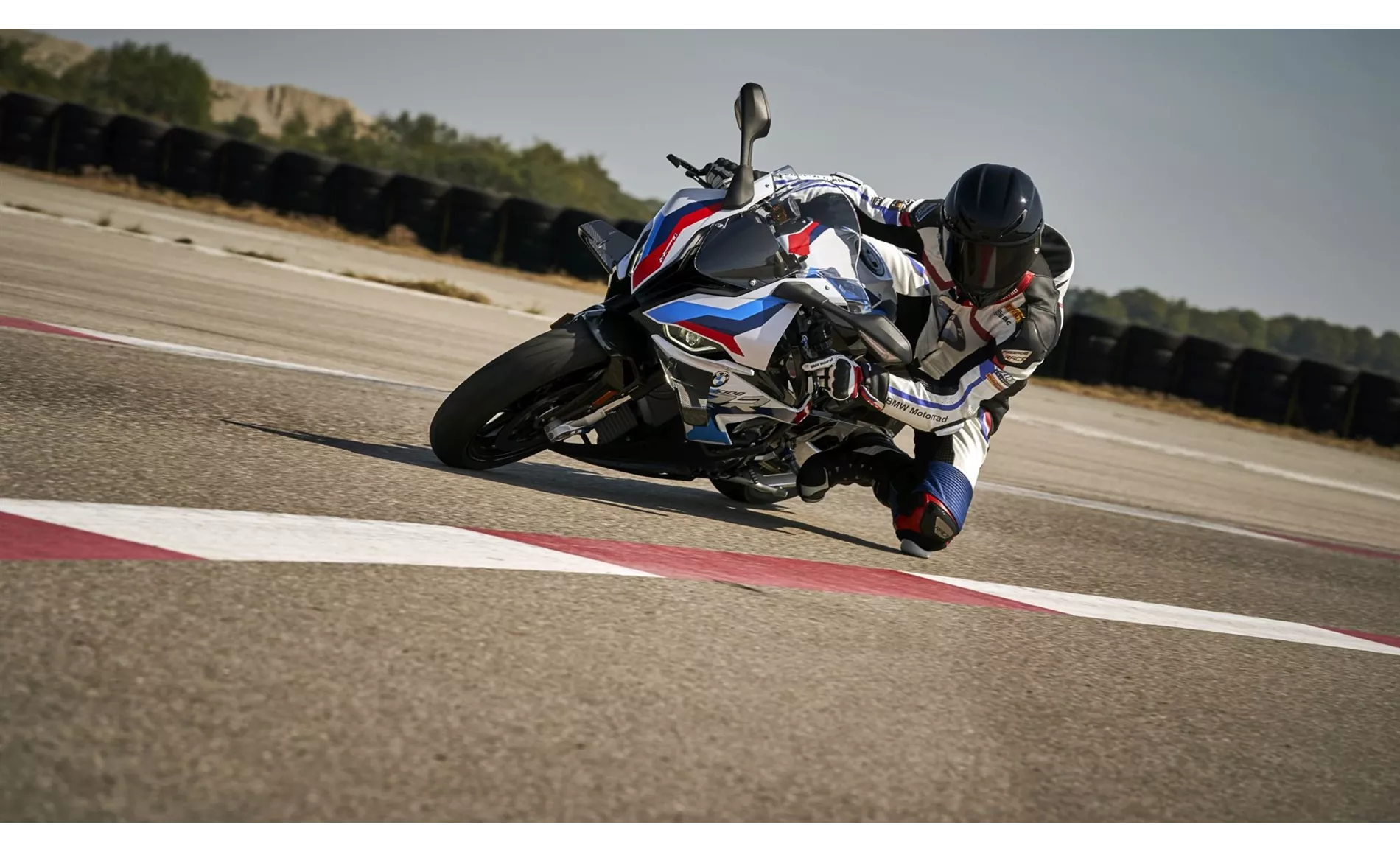
BMW M 1000 RR 2021
When comparing the strengths of the two models, the BMW S 1000 RR 2020 is praised for its very linear power delivery, wide rev range, and excellent DDC (Dynamic Damping Control) system. It is considered a harmonious overall package both on the road and on the racetrack. On the other hand, the BMW M 1000 RR 2021 is commended for its smooth overall package, strong brakes, precise chassis, and rev-happy engine. It offers a great torque curve and a harmonious transition from load to push mode.
In terms of weaknesses, the BMW S 1000 RR 2020 is criticized for being somewhat "characterless" compared to its competitors and lagging behind on the spec sheet. The BMW M 1000 RR 2021 is noted for its price package, which is seen as more sales-friendly than customer-friendly. Some riders also suggest that the footrests could offer more grip on the track, and a higher and harder seat option would be desirable.
In conclusion, while the BMW S 1000 RR 2020 and the BMW M 1000 RR 2021 share many similarities in terms of technical specifications, the M 1000 RR offers slight improvements in engine power, compression ratio, and rear tire width. Both models have their strengths and weaknesses, with the S 1000 RR praised for its controllability and wide rev range, and the M 1000 RR praised for its smoothness and responsiveness. Ultimately, the choice between the two models will depend on individual preferences and priorities.
Caractéristiques techniques BMW S 1000 RR 2020 par rapport à BMW M 1000 RR 2021
Avantages et inconvénients en comparaison
Avantages et inconvénients en comparaison
BMW S 1000 RR 2020
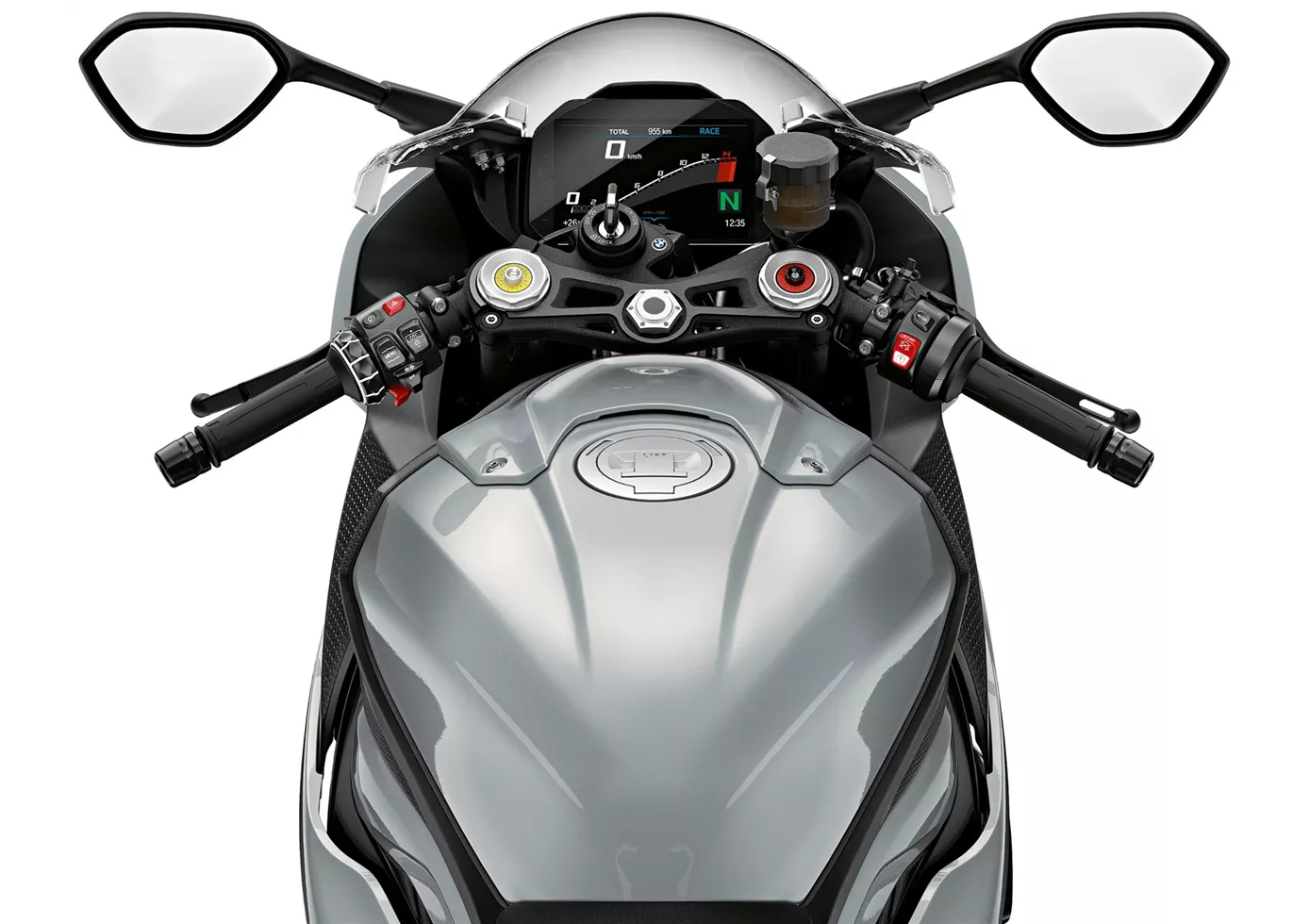
Une vraie superbike "à tout faire". Sur la piste de course comme sur la route, la BMW sait jouer de ses atouts. Grâce à la distribution variable de l'arbre à cames, le moteur puissant est déjà convaincant à bas régime et accélère harmonieusement sur toute la plage de régime, avec une puissance élevée dans tous les domaines. Pour le pilote amateur, le châssis fonctionne certainement de manière exceptionnelle dans toutes les situations, il garantit un feedback transparent et offre de nombreuses possibilités de réglage. La position de conduite est sportive, mais relativement confortable. L'électronique fonctionne de manière très harmonieuse sans infantiliser le pilote - TOP !
BMW M 1000 RR 2021
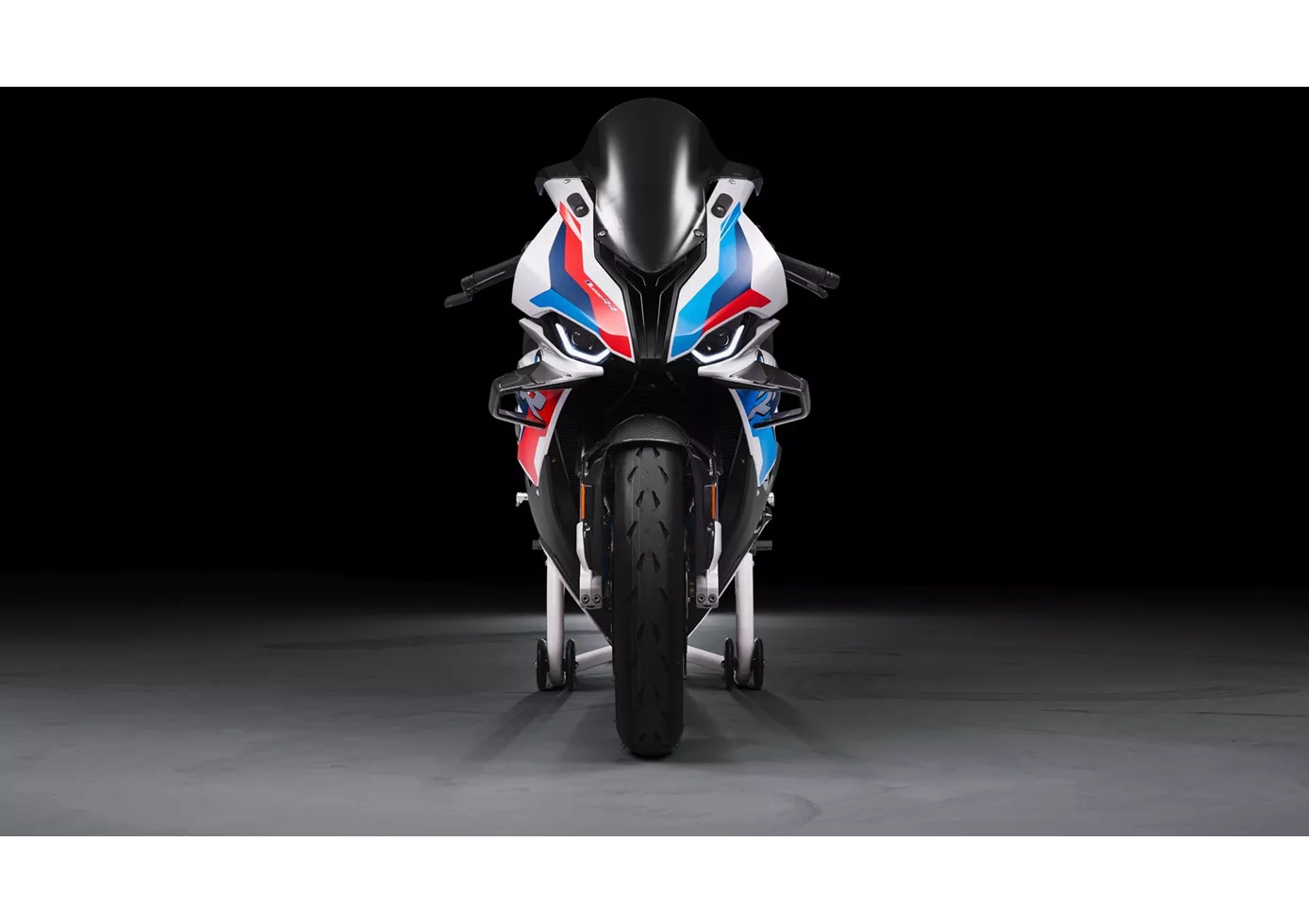
Le prix de la M1000RR ne choque qu'au premier abord. Une fois en selle, on est plutôt choqué par la puissance et les performances de freinage. La machine sort tout droit de l'usine BMW, c'est une moto de course prête à l'emploi. Ceux qui n'aiment pas bricoler, mais qui aiment quand même brûler, seront heureux avec elle. Une superbike noble et pratique !
Comparaison des prix Prix moyen du marché BMW S 1000 RR vs BMW M 1000 RR
There are a few key differences between a BMW S 1000 RR 2020 and a BMW M 1000 RR 2021. In terms of price, the actual average price of a BMW M 1000 RR 2021 is about 45% higher. A BMW S 1000 RR 2020 experiences a loss of 430 USD in one year and 140 USD in two years of ownership. This is offset by a loss of 1,640 USD and 2,850 USD for a BMW M 1000 RR 2021. Compared to BMW M 1000 RR 2021 there are more BMW S 1000 RR 2020 bikes available on the 1000PS.de Marketplace, specifically 16 compared to 7. It takes less time to sell a BMW S 1000 RR with 68 days compared to 127 days for a BMW M 1000 RR. Since model year 2010 1000PS.de editors have written 135 reviews for the BMW S 1000 RR and 14 reviews for the BMW M 1000 RR since model year 2021. The first review for the BMW S 1000 RR was published on 4/16/2008 and now has more than 4,000 views. This compares to more than 105,700 views for the first review on BMW M 1000 RR published on 9/23/2020.

